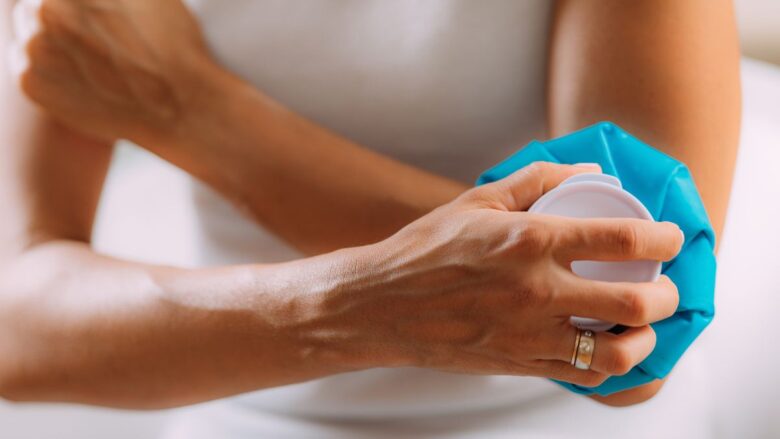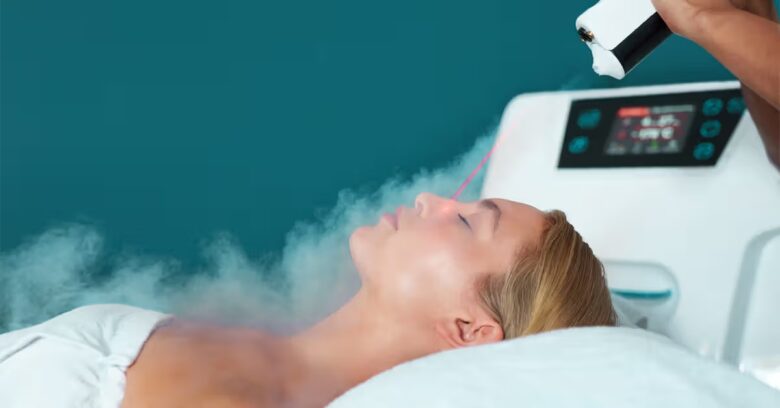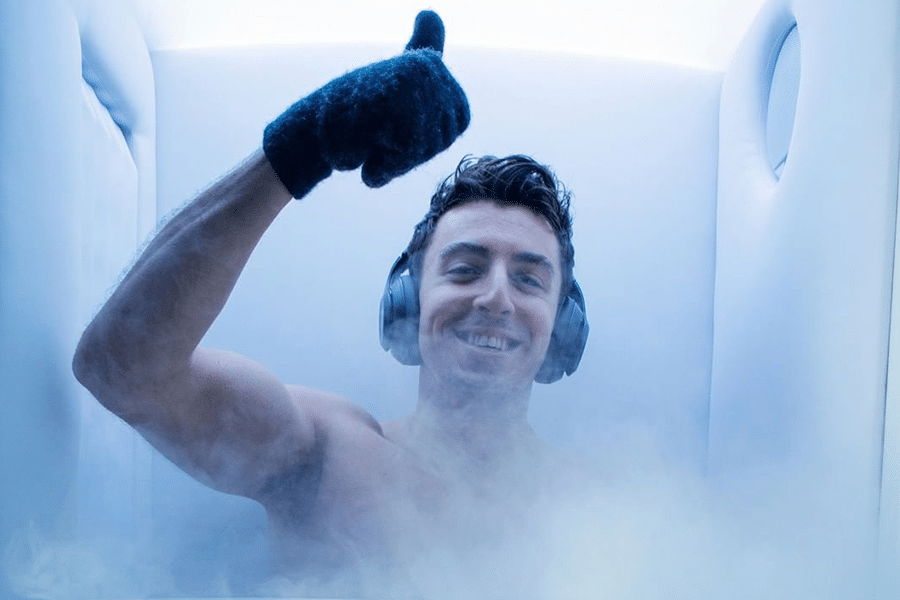Cryotherapy, in its various forms such as whole-body cryotherapy (WBC) and localized extreme cold treatment, has captured the attention of individuals seeking improvements in their physical and mental well-being. The allure of cryotherapy lies in its promise to offer a range of health benefits, but a critical and often overlooked aspect is understanding how long these effects truly last.
Immediate Effects of Cryotherapy
Stepping into a whole body cryotherapy machine can be a chilling experience, quite literally. Exposure to extreme cold triggers immediate physiological responses. Blood vessels constrict as the body works to conserve heat, which can provide temporary relief from inflammation and pain. Additionally, the release of endorphins during the session often leads to a feeling of euphoria, or so-called “runner’s high.” These immediate effects are noticeable during and shortly after the cryotherapy session and can persist for a few minutes to a few hours.
Short-Term Benefits

The short-term benefits of cryotherapy are well-documented and have attracted athletes, fitness enthusiasts, and individuals seeking rapid recovery from various physical ailments. For example, athletes may use cryotherapy to reduce muscle soreness after intense training sessions. The enhanced sense of alertness and overall well-being experienced post-cryotherapy can be particularly appealing. However, it’s essential to understand that these short-term benefits are typically transient and may diminish within 5 to 6 hours or so after the cryotherapy session.
Long-Term Sustainability
As individuals turn to cryotherapy with the hope of experiencing lasting improvements in their health and well-being, it’s crucial to examine the long-term sustainability of these benefits. While anecdotal reports suggest that some people have experienced ongoing relief from conditions like chronic pain and inflammation, scientific evidence is still limited and inconclusive. The effectiveness of cryotherapy varies widely among individuals, and long-term results are not guaranteed.
Factors Influencing Duration of Effects
Several factors play a role in determining how long the effects of cryotherapy last for an individual. The frequency of cryotherapy sessions can significantly impact the sustainability of benefits. For instance, those who incorporate cryotherapy into their weekly routines may be more likely to experience ongoing advantages compared to individuals who have infrequent sessions. According to the studies, long-lasting effects are more likely to occur after 5 to 10 cryotherapy sessions, while 20 sessions are more likely to offer sustainable relief for chronic inflammation and pain.
Moreover, an individual’s overall health, lifestyle choices, and the specific goals they are targeting with cryotherapy can influence the duration of effects. For individuals using cryotherapy as part of a comprehensive wellness plan, the potential for long-term benefits may be more promising.
The Cryotherapy Process

To truly grasp how long the effects of cryotherapy last, it’s essential to first understand the process. Cryotherapy involves exposing the body to ultra-cold temperatures, typically between -200°F and -300°F (-129°C and -184°C). These freezing temperatures are maintained using liquid nitrogen or refrigerated cold air. Here’s a closer look:
Types of Cryotherapy
There are primarily two methods of cryotherapy:
- Whole-body Cryotherapy (WBC): The individual stands in a cryotherapy chamber, and their body (except for the head) is exposed to cold vapors. The session typically lasts between 2 to 4 minutes.
- Localized Cryotherapy: This method targets specific areas of the body, like a painful knee or elbow. Using a handheld device, the therapist directs the cold air to the targeted area.
Body’s Response to Extreme Cold
The human body has evolved to react swiftly to cold exposure. When subjected to the freezing temperatures of cryotherapy, the skin’s surface temperature drops rapidly. However, the internal body temperature remains relatively stable. This reaction sets off a cascade of responses:
- Vasoconstriction: Blood vessels near the skin’s surface constrict, which is the body’s immediate response to conserve heat.
- Shunting of Blood: The body redirects blood from the extremities to vital organs, primarily the heart and lungs. This helps maintain core body temperature and protect vital functions.
- Endorphin Release: Exposure to such cold environments can stimulate the release of endorphins, which are the body’s natural pain and stress fighters.
Safety and Precautions

With any treatment, safety should always be paramount.
- Duration: Overexposure can be harmful. Hence, cryotherapy sessions are deliberately brief. A few minutes are all that’s necessary to activate the body’s responses.
- Clothing: During WBC, individuals wear minimal clothing – typically underwear, gloves, socks, and earmuffs to protect extremities from frostbite.
- Medical History: Individuals with certain medical conditions, like Raynaud’s disease or severe hypertension, should consult a doctor before undergoing cryotherapy.
The Science Behind Cryotherapy
While cryotherapy has gained immense popularity, especially among athletes and celebrities, it’s essential to recognize that the scientific understanding is still in its infancy.
- Research Limitations: Most studies on cryotherapy’s effects are small-scale, lack control groups, or rely on self-reported data. This makes it challenging to draw definitive conclusions.
- Placebo Effect: There’s debate among experts about whether the benefits of cryotherapy are genuine or if they’re largely due to the placebo effect. When individuals believe a treatment works, they may feel better, even if the treatment provides no actual physiological advantage.
Future of Cryotherapy
Given its rising trend, more rigorous research studies are expected in the future. These will shed light on:
- Mechanisms of Action: Understanding precisely how cryotherapy affects cellular and molecular pathways will be crucial.
- Standardization: As the therapy becomes more mainstream, there will be a push toward standardizing procedures, equipment, and treatment protocols to ensure safety and effectiveness.
Incorporating Cryotherapy into a Broader Wellness Strategy

While cryotherapy can offer immediate and, in some cases, lasting effects, it’s essential to incorporate it into a broader wellness strategy. This can include:
- Physical Activity: Engaging in regular physical activity complements the effects of cryotherapy, especially for those seeking enhanced recovery and performance.
- Diet and Nutrition: Consuming a balanced diet can amplify the benefits, especially when targeting inflammation and pain.
- Stress Management: Techniques like meditation, yoga, or deep-breathing exercises can augment the endorphin release experienced during cryotherapy, leading to enhanced mental well-being.
Conclusion
The duration of the effects of cryotherapy is highly variable. Immediate effects are typically short-lived, while the sustainability of long-term benefits remains a subject of ongoing research. Individuals should approach cryotherapy with realistic expectations, considering it as part of a holistic wellness strategy rather than a standalone solution. Regular and consistent use, combined with a healthy lifestyle, may maximize the potential for lasting positive effects.

